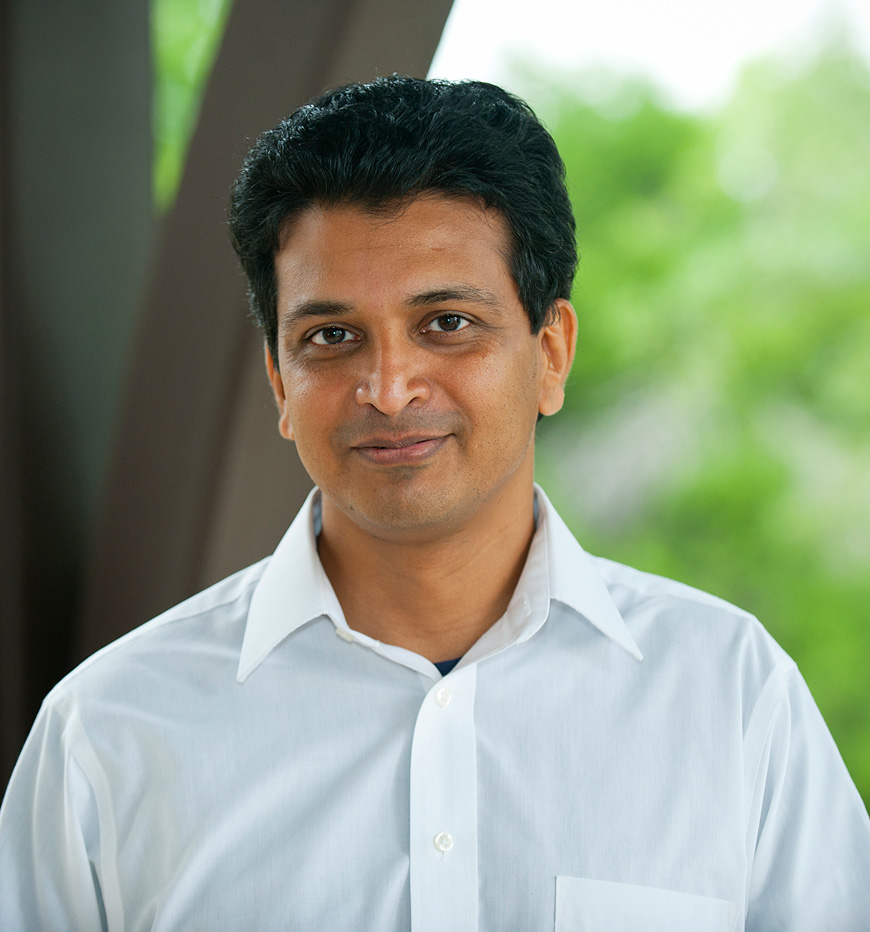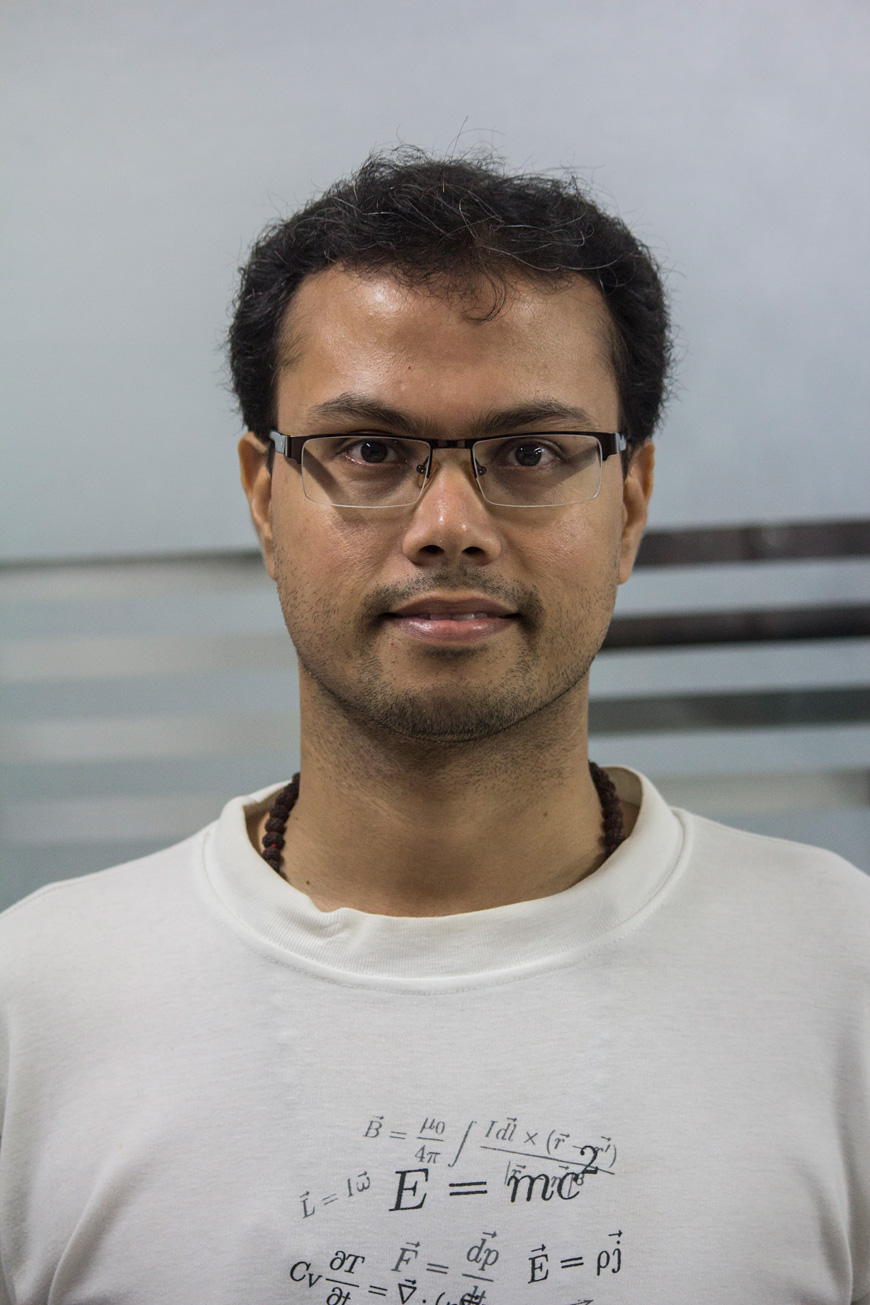‘Diamonds are a physicist’s best friend,’ according to MSU researchers
Contact: Sasha Steinberg

STARKVILLE, Miss.—Researchers at Mississippi State have developed synthetically grown diamond-based radiation detectors that are the first of their kind to be used in a physics experiment.
MSU physics and astronomy associate professor Dipangkar Dutta and alumnus Amrendra Narayan—along with colleagues in Armenia and Canada, and U.S. colleagues in Arkansas, Connecticut, Massachusetts, Ohio, Pennsylvania, Texas and Virginia—utilized the detectors, with the highest precision ever, to measure a property of electron beams known as spin polarization.
Conducted at Jefferson Science Associates LLC’s Thomas Jefferson National Accelerator Facility in Newport News, Virginia, the experiment yielded results suggesting that even more precise electron-beam polarization measurements will be achievable through what is referred to as Compton polarimetry.
Titled “Precision Electron-Beam Polarimetry at 1 GeV Using Diamond Microstrip Detectors,” a paper outlining their findings was published earlier this year in the January-March issue of Physical Review X, the American Physical Society’s highly selective, online only and fully open access journal. To view the full paper, visit http://journals.aps.org/prx/abstract/10.1103/PhysRevX.6.011013.

“We used diamond microstrip detectors for the first time as tracking detectors and demonstrated their ability to withstand a high radiation dose, as well as their stability over long periods,” the authors explained in the paper.
“Diamond-based tracking detectors are the superior choice for high-radiation environments and should find more widespread use,” they concluded.
An MSU faculty member since 2006, Dutta holds a bachelor of technology in engineering physics from the Indian Institute of Technology Bombay in Mumbai, as well as a doctorate in physics from Northwestern University in Evanston, Illinois. For more biographical information, visit http://physics.msstate.edu/faculty_new/detail.php?info=Dutta.
Narayan completed his MSU physics master’s degree in 2009 and engineering/applied physics doctorate in 2015. He currently is serving as a postdoctoral fellow in the physics department at the Indian Institute of Technology Bombay in Mumbai. The institute, he said, is among the country’s top 10 for research and education.
Part of the College of Arts and Sciences, MSU’s physics and astronomy department offers bachelor’s, master’s, doctoral and minor programs in physics, as well as a doctorate in engineering with a concentration in applied physics. For more, visit www.physics.msstate.edu.
MSU is Mississippi’s leading university, available online at www.msstate.edu.